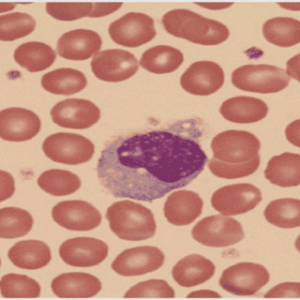(Downloads - 0)
For more info about our services contact : help@bestpfe.com
Table of contents
1 Introduction
1.1 Obesity and healthcare costs
1.2 The digestive system
1.2.1 Oral cavity
1.2.1.1 Taste
1.2.1.2 Sweet taste
1.2.1.2.1 Sweet taste and feeding behavior
1.2.1.2.2 Mechanisms of oral sweet detection
1.2.1.3 Fat taste
1.2.1.3.1 Fat taste and feeding behavior
1.2.1.3.2 Mechanisms of oral fat detection
1.2.1.4 Taste transduction, central signaling, and reward
1.2.1.5 Obesity and taste
1.2.2 Stomach
1.2.2.1 Gastric distention
1.2.2.2 Endocrine function
1.2.2.2.1 Gastric leptin
1.2.2.2.2 Ghrelin
1.2.3 Intestine
1.2.3.1 Intestinal nutrient satiation
1.2.3.2 Intestinal carbohydrates
1.2.3.2.1 Intestinal carbohydrates and feeding behavior
1.2.3.2.2 Mechanisms of intestinal carbohydrate detection
1.2.3.3 Intestinal fats
1.2.3.3.1 Intestinal fats and feeding behavior
1.2.3.3.2 Mechanisms of intestinal fat detection
1.2.3.4 Intestinal nutrients, conditioned preferences, and reward
1.2.3.5 Obesity and intestinal nutrient satiation
1.2.3.6 Vagal afferents and intstinal nutrient satiation
1.2.3.7 Intestinal satiety peptides
1.2.3.7.1 Cholecystokinin (CCK)
1.2.3.7.2 Glucagon-like Peptide-1 (GLP-1)
1.2.3.7.2 Peptide YY (PYY)
1.2.4 Liver
1.2.4.1 Hepatic nutrients and feeding behavior
1.2.4.2 Hepatic metabolism and feeding behavior
1.2.4.3 Obesity and hepatic metabolism
1.3 Microbiota
1.3.1 Microbiota and energy harvest
1.3.2 Microbiota and intestinal morphology
1.3.3 Microbiota and intestinal endocrine function
1.3.4 Microbiota and inflammation
1.3.5 Microbiota and obesity
1.4 Overall significance and experimental outline
1.4.1 Specific Aim 1
1.4.2 Specific Aim 2
1.4.3 Specific Aim 3
2 Specific Aim 1: How the absence of gut microbiota affects oral and postoral detection of sweet nutrients as well as intestinal sugar transporters
2.1 Introduction
2.2 Up-regulation of intestinal type 1 taste receptor 3 and sodium glucose luminal transporter 1 expression and increased sucrose intake in mice lacking gut microbiota
2.3 Summary of results and conclusions
3 Specific Aim 2: How gut microbiota affects oral and post-oral detection of lipids and associated changes in nutrient-responsive g-protein coupled receptors (GPRs) and intestinal satiety peptides
3.1 Introduction
3.2 Increased oral detection, but decreased intestinal signaling for fats in mice lacking gut microbiota
3.3 Summary of results and conclusions
4 Specific Aim 3: How gut microbiota affects host liver, intestinal, and adipose metabolic parameters in a GF rat model
4.1 Introduction
4.2 Absence of gut microbiota is not protective of fat deposition in the GF F344 rat model
4.3 Specific Aim 3: Summary of results and conclusions
5 General summary
5.1 General results
5.2 General discussion
5.3 General conclusions
6 Index
6.1 Figures
6.1.1 Chapter 1
6.1.2 Chapter 3
6.1.3 Chapter 4
6.1.4 Chapter 5
6.2 Tables
6.2.1 Chapter 4
6.3 Abbreviations
7 References



